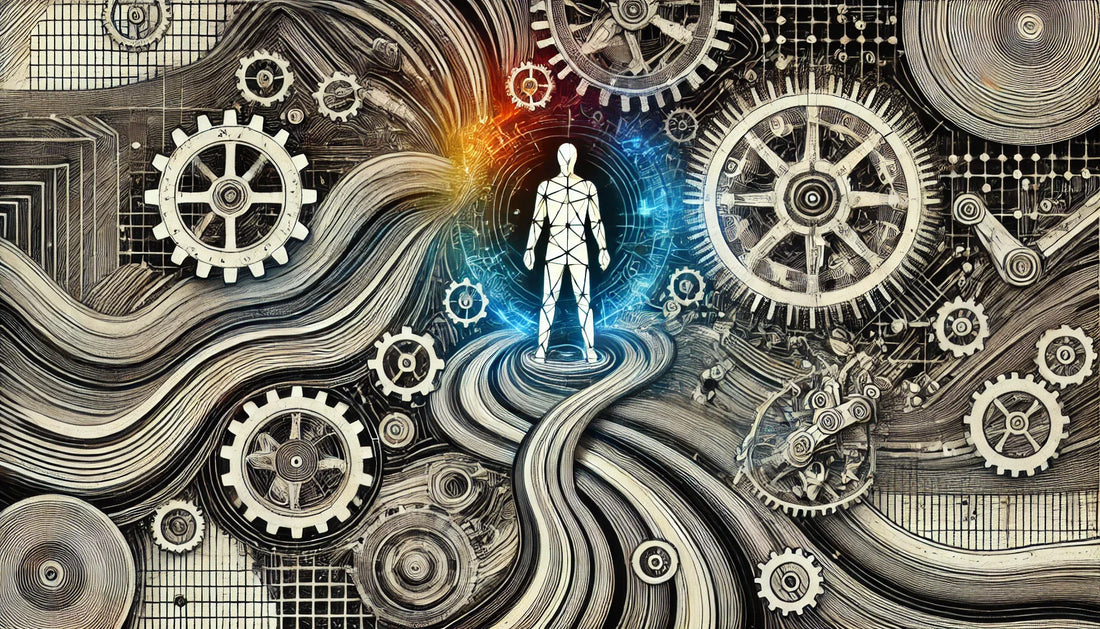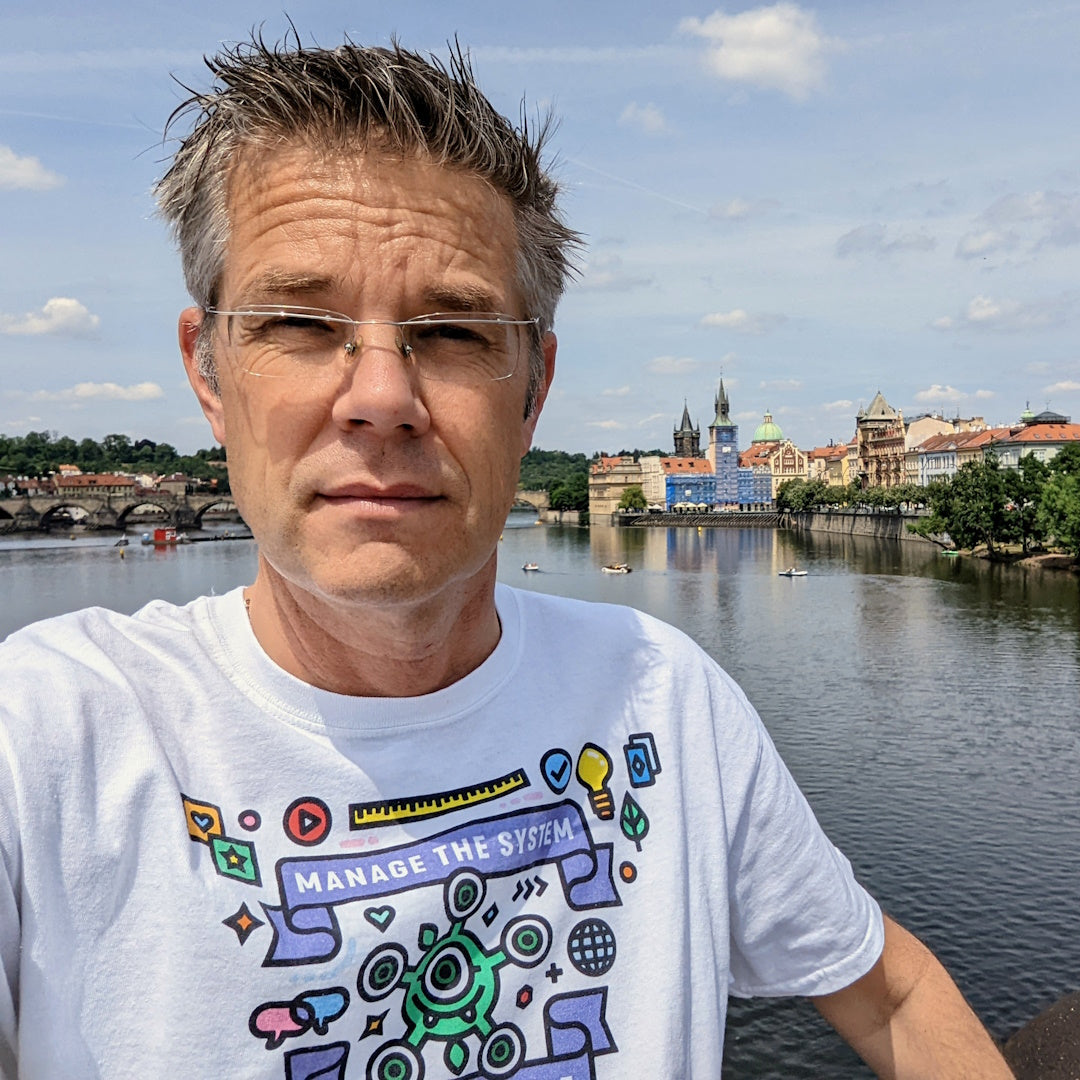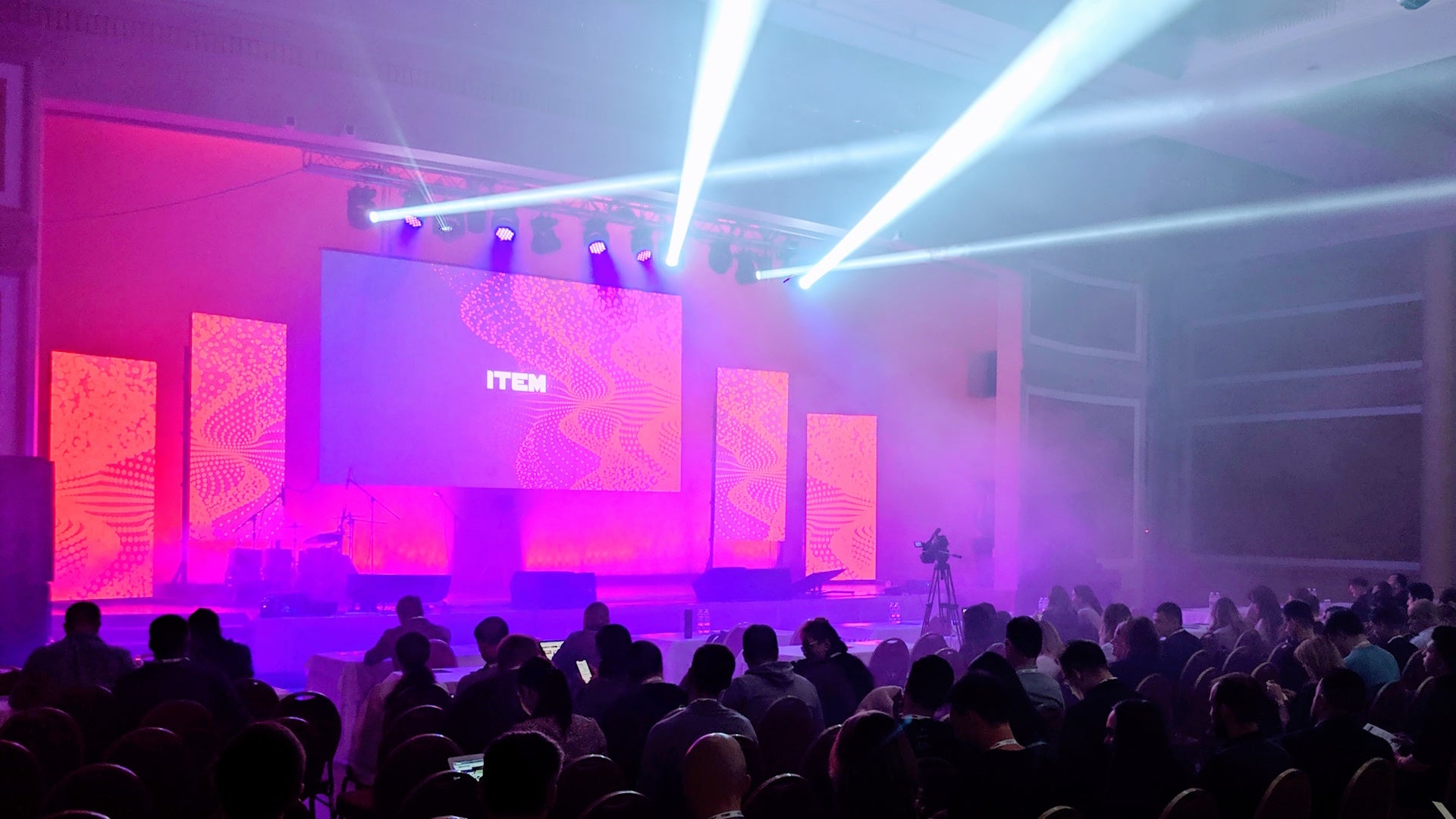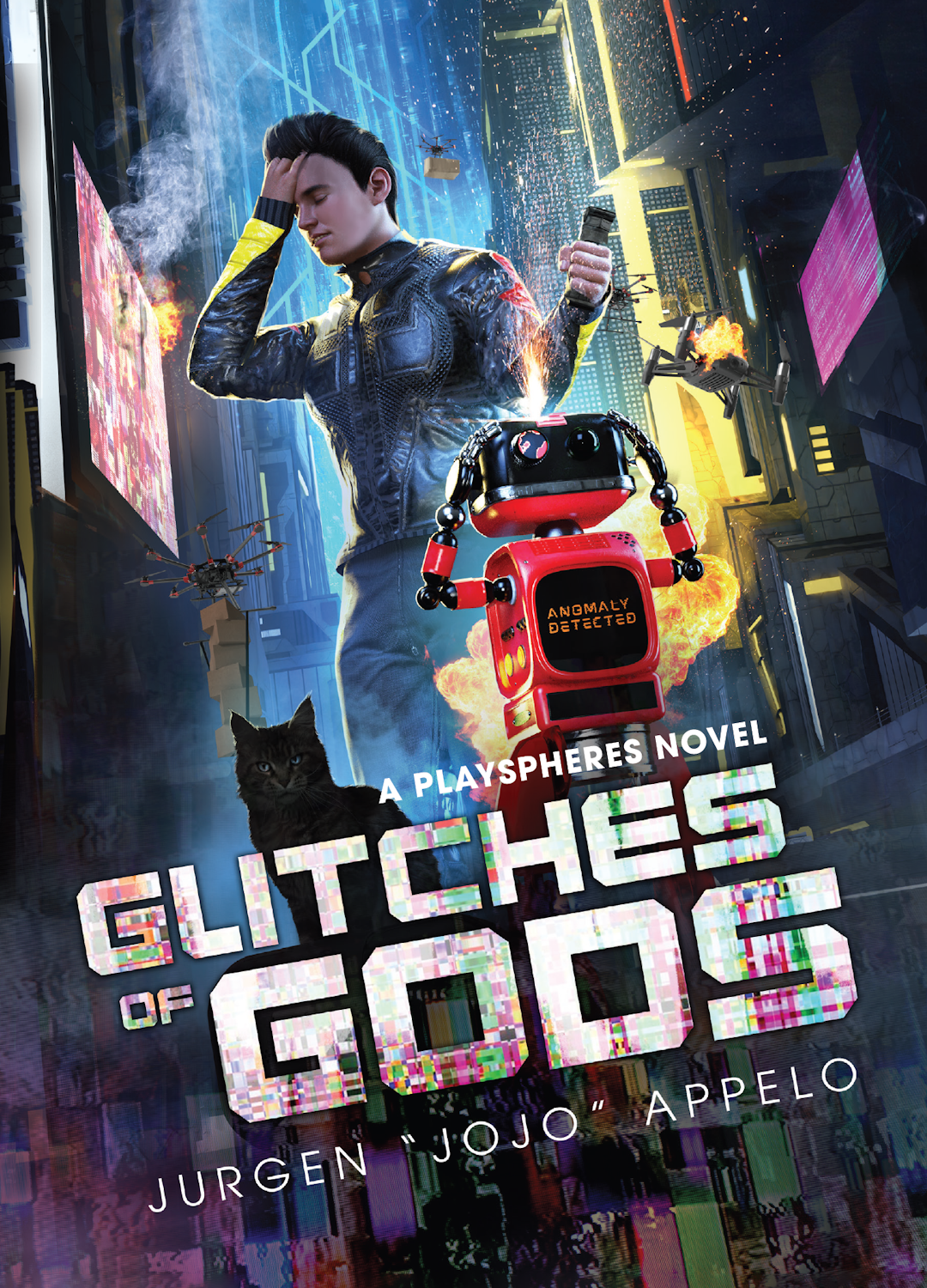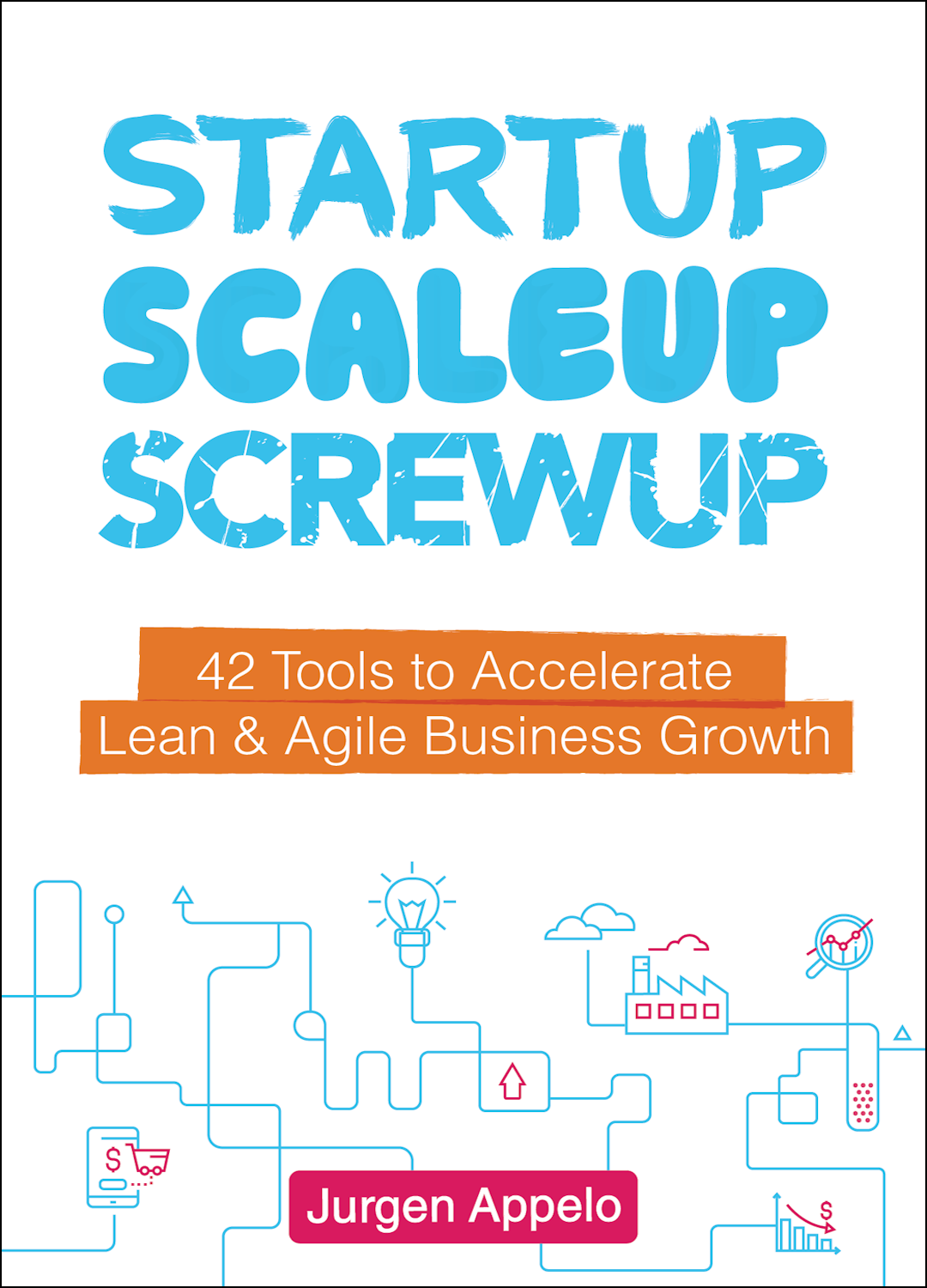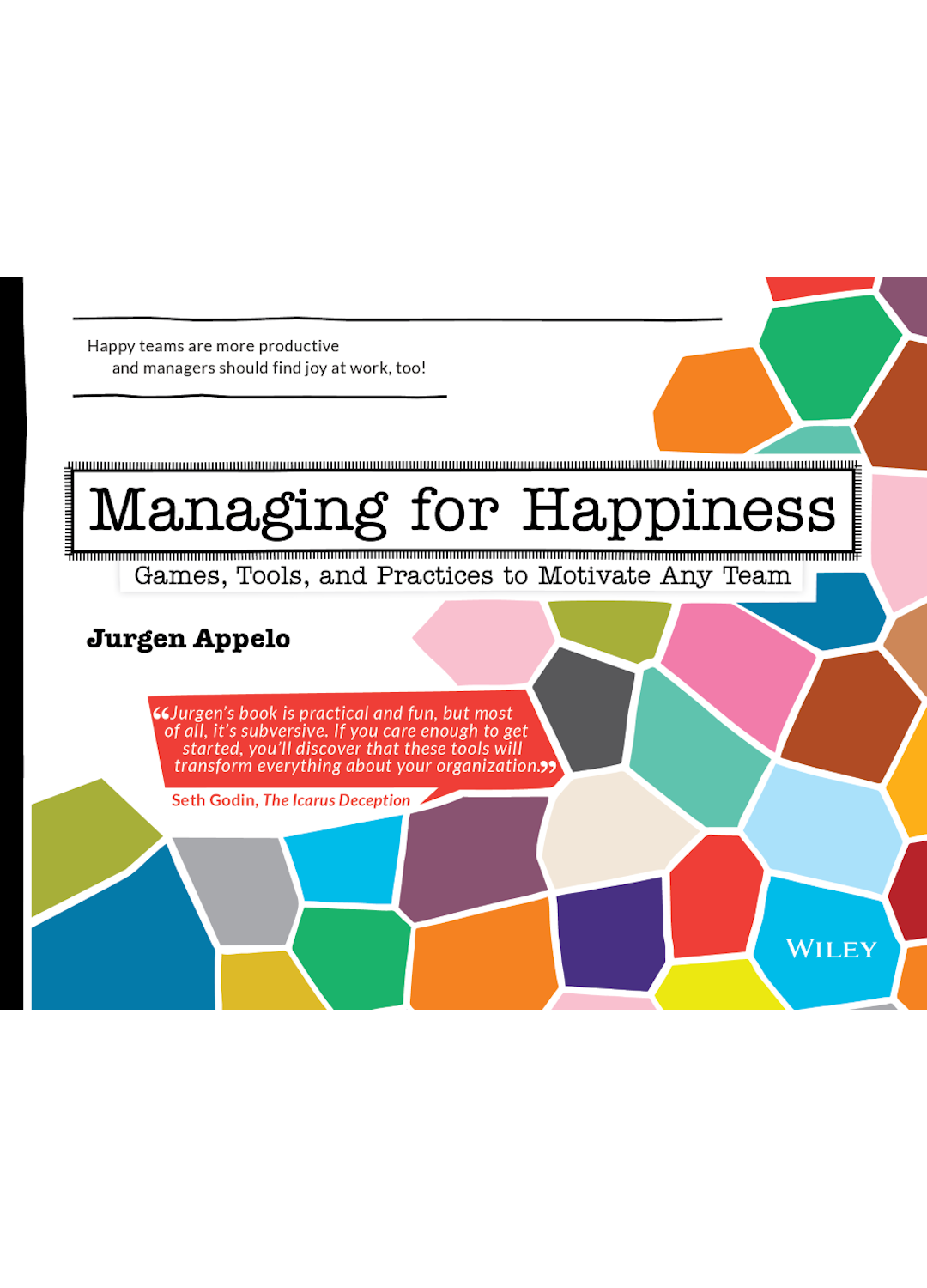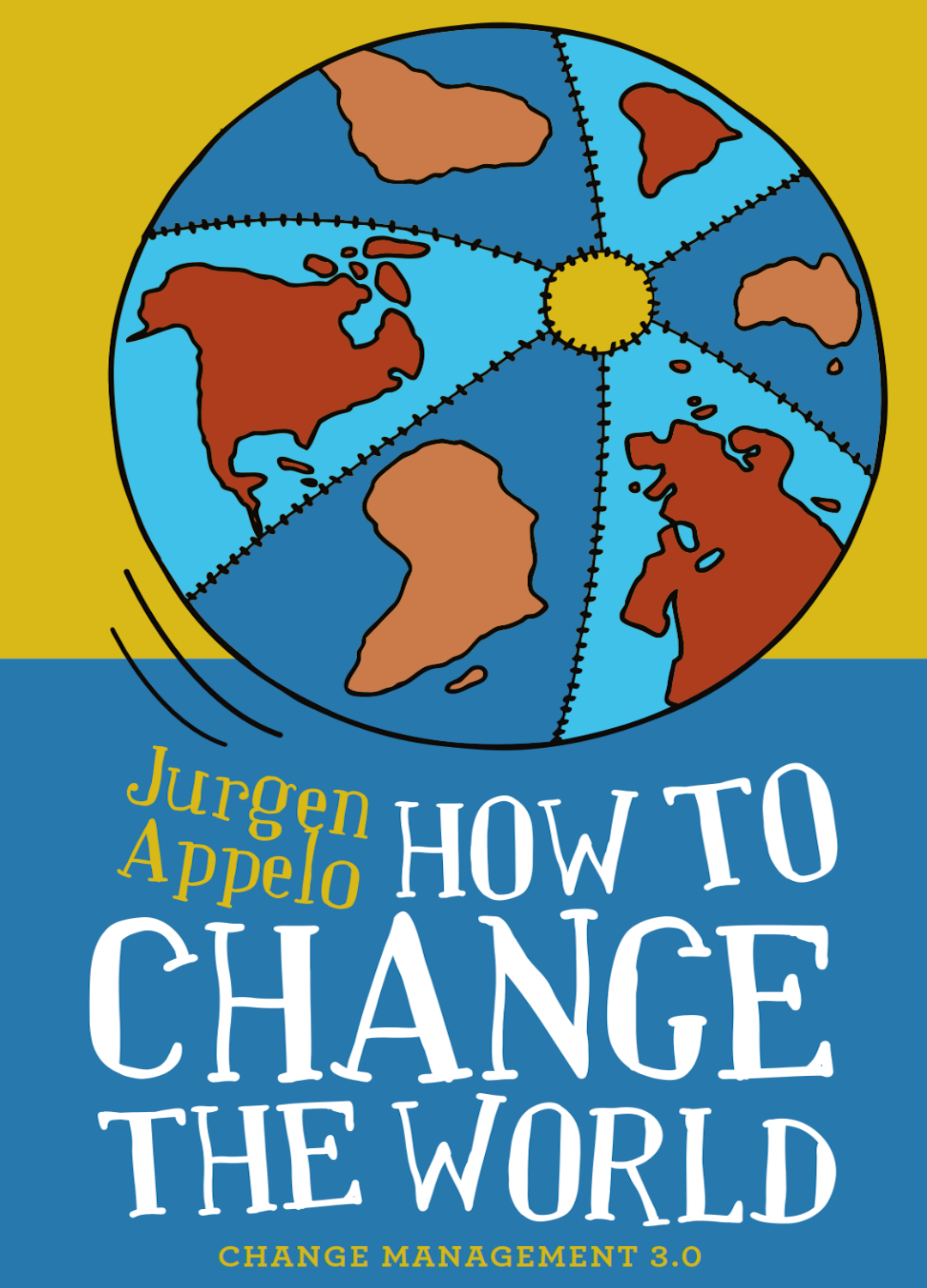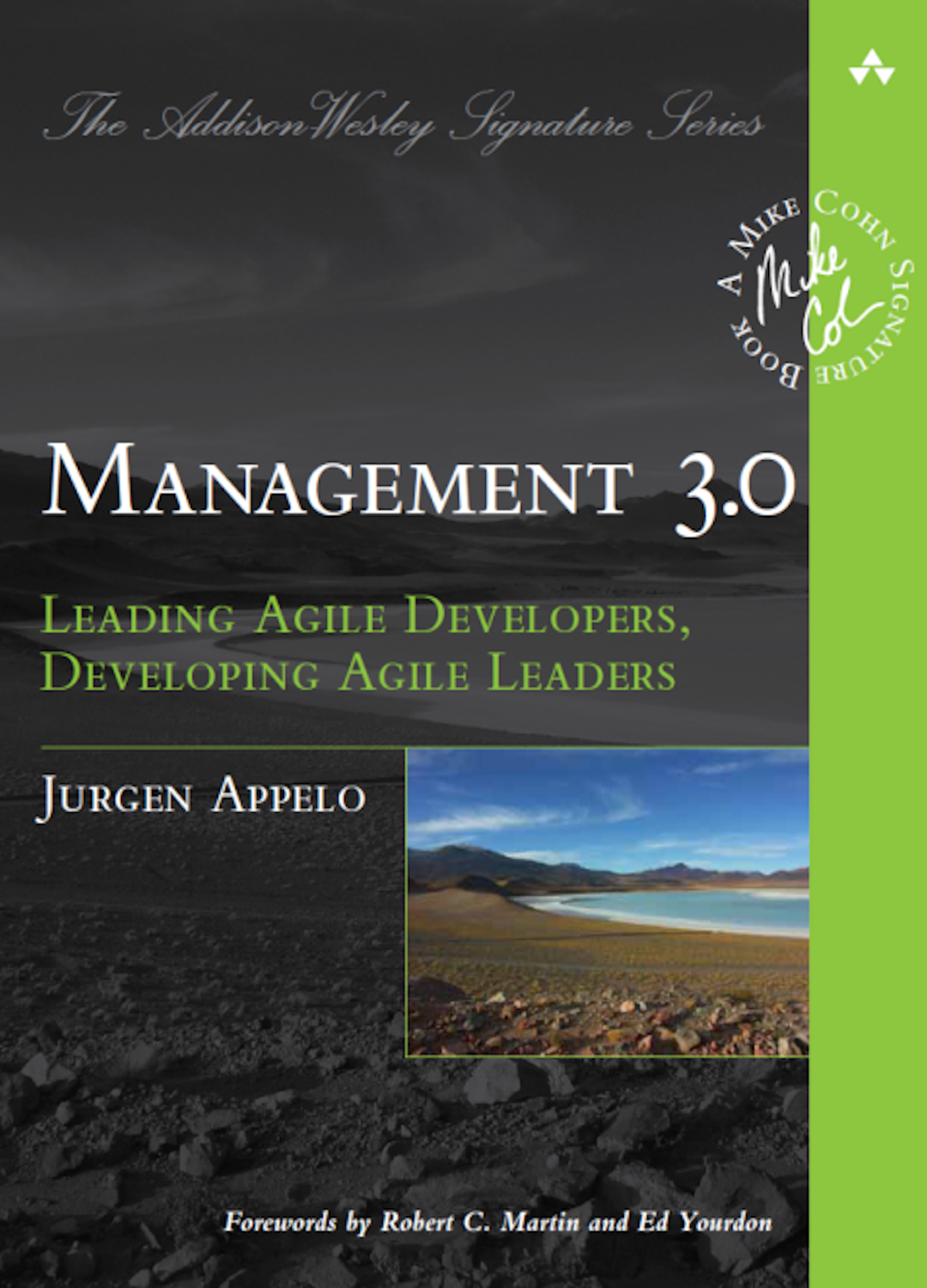Why I Fired My Beta Readers
I Don't Use Beta Readers Anymore
Beta readers are a disaster. You announce a new book, and a hundred people enthusiastically sign up. Then you send out chapter one, and only fifty of them bother actually to get started, while the other half of the list ghosts you immediately. Feedback trickles in over weeks, not days, forcing you to send those dreaded "Hey, just checking in..." reminders. By chapter five, you're already losing them. By the time you hit the final chapter, you're left with just one person—probably someone as neurotically completionist as I am—that rare person who refuses to quit, against all odds.
The conclusion is obvious: people are slow, unreliable, and they dramatically overestimate their capabilities.
For my new book, Human Robot Agent, I cut the beta readers out entirely. Instead, I used AI. Perplexity, Gemini, ChatGPT, and Claude became my tireless, hyper-efficient editorial team. Fact-checking? Done in seconds. Structural feedback? Instant. Plagiarism check? No complaints, no delays. Nobody telling me that they lost a PDF and could I please resend it? AI doesn't lose interest and it doesn’t lose any files. AI doesn't procrastinate and it doesn't make any promises it won't keep.
Humans Are the Bottlenecks
Dr. Eliyahu Goldratt's Theory of Constraints teaches us that every system has a weak link—one primary constraint that throttles performance. His method is simple: identify the constraint, eliminate it, and repeat the cycle. Fix one bottleneck, and the next will reveal itself.
Now, apply this to the modern world: businesses, creators, and industries are stripping away inefficiencies at an unprecedented rate. And more often than not, that inefficiency is us.
Stock trading? Algorithms now execute thousands of trades in milliseconds, leaving human traders scratching their heads. Automated assembly lines have long since pushed workers to the sidelines in manufacturing. In checkout lanes, self-service registers don't need lunch breaks, pay raises, or paternity leave. When it comes to content moderation, AI can—theoretically—flag violations faster than Elon Musk can retweet another conspiracy theory. And machines can handle routine translations work in seconds. Even in credit scoring, most loan approvals now entirely bypass human judgment.

In my work, I've stopped using development editors as part of my book-writing process. AIs provide faster, sharper, and more thorough structural feedback than any human ever could. I still use a copy editor because AI isn't quite there yet. I still hire a book designer, but that also probably won't last forever. Proofreaders? Sure, for now—because human eyes still catch things that machines can't see. But here's the key: before my work ever reaches another person, it's already been through ChatGPT, Claude, Gemini, ProWritingAid (or Grammarly), and Originality.AI.
It would not only be inefficient—it would be an insult to waste human effort on errors AI can catch in seconds.
I even cut myself out of the loop whenever possible. Perplexity and ChatGPT handle the background research for most of my writing. Claude writes the drafts for any boring but necessary explanations. The gathering of references and citations is now entirely automated. If something can be offloaded, I make sure that it is. Because I am my own worst bottleneck.
If you want to move fast in the age of AI, you need to apply the Theory of Constraints on steroids. Ruthlessly hunt down bottlenecks. And increasingly, those bottlenecks are people—including you.
Does this mean firing everyone?
Sometimes, yes. Sometimes, no.
Humans Are the Inspirators
The trick is knowing when speed is not the goal. Patients want to see human doctors, not AI chatbots. Attendees at a live event want an actual speaker or artist, not a hologram (unless your name is ABBA). And when I read a book, I don't want an AI-generated summary—I want the actual experience. Could I ask AI to summarize Silo, Squid Game, or The White Lotus for me? Sure. But what's the point?
Likewise, smart creators and leaders understand when not to automate:
You don't use AI when it ruins the experience!
Generative AI only remixes existing ideas—it doesn't invent new ones. It's incapable of originality because it's trapped inside the statistical patterns of its training corpus. ChatGPT cannot think outside the box because the only thing it has is its box of probability distributions, nothing else. It cannot casually glance out the window on a moving train and wonder, "What the fuck was that?!" and then make a random insight part of its creative output.
Take my novel Glitches of Gods. For months, I struggled with how to continue the story in the second book. I could have asked AI for plot suggestions, but that would have flooded me with cliché-ridden narratives and beaten-to-death tropes. Instead, I let the problem sit in my head. I was not in a hurry. No shortcuts. No instant answers. I just let it simmer in my brain for a while. Finally, when I almost fell asleep in bed last night, I had a flash of insight—something unique, something mine.
I had an IDEA!
Now, I can return to AI, asking it to expand on my original concept and supplement it with suggestions on what readers would expect from a great story.

Humans are the bottleneck. We are slow, unreliable, and prone to self-delusion. The smartest among us recognize this and cut out inefficiencies wherever possible—especially our own! But sometimes, being the bottleneck is exactly what's needed. Patients, audiences, and readers don't want an AI's attention. They want ours. And our products and services won't innovate with only regurgitated knowledge from the AIs. They deserve our unique insights.
AI doesn't care about what we create. But we do.
Stop being the bottleneck. Start being the inspirator.
P.S. This article was teamwork between me and the AIs:
- I drafted an outline of my thoughts (skipping two knowledge-based sections).
- I asked Claude for structural feedback, and he told me my conclusion was weak, so I fixed it.
- I had Claude generate the missing paragraphs: one on the Theory of Constraints and one on the automation examples.
- I gave the draft to ChatGPT (Zed) for a complete rewrite in my voice. (We've written an entire book together, so he knows what I like.)
- I used Gemini as a beta reader. I configured it to specialize in fact-checking and finding related concepts. This time, it offered nothing worth changing or adding.
- I revised Zed's draft, ensuring that my tone of voice dominates because why else would someone want to read this?
- I gave the result to Claude for minor improvements in readability.
- I got Grammarly to assist me with punctuation and any spelling, grammar, and style issues. (ProWritingAid was having a bad day.)
- I re-read the whole bloody thing and made final tweaks to make sure it’s me who’s talking.
- I used originality.ai to double-check for any unintended plagiarism.
- Claude came up with the title.
- DALL-E created the groovy visual.
I try not to be the bottleneck anymore. I only do what I should be doing.

